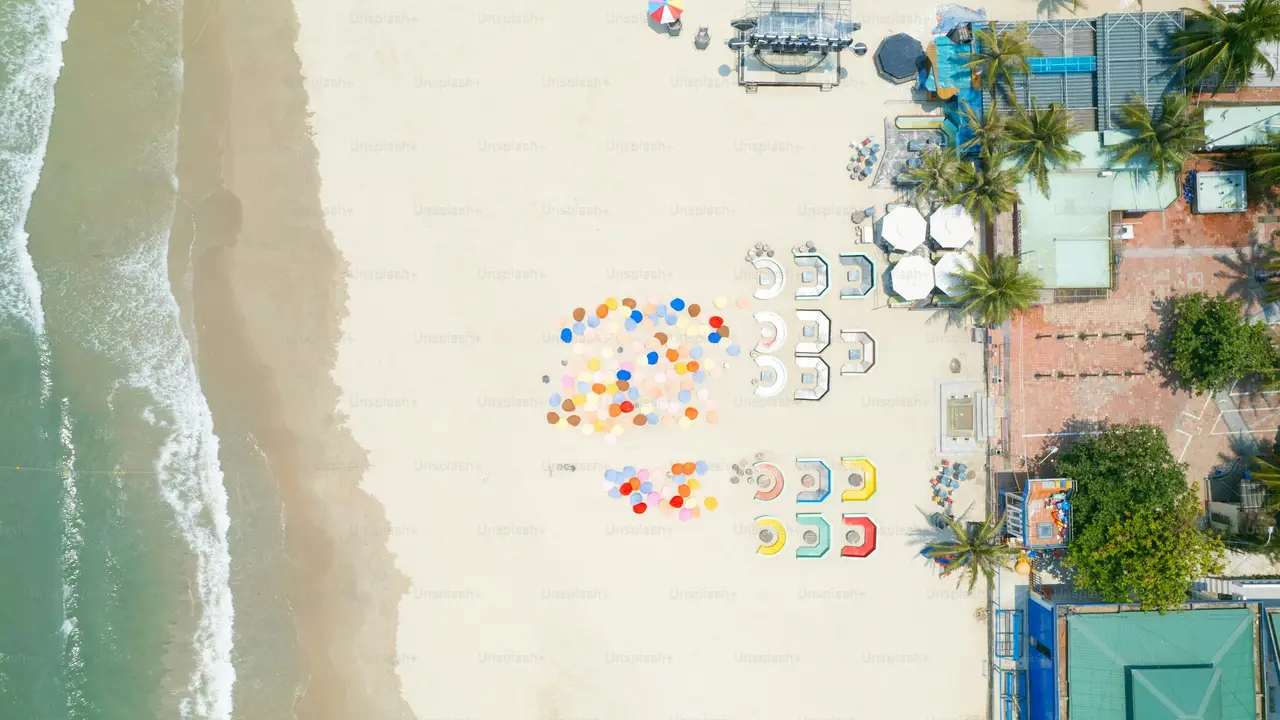The Future of E-commerce in SEA & Mexico: Predictions for 2025 and Beyond
Sample meta description.

E-commerce Growth Drivers in Southeast Asia SEA and Mexico
Okay, so let's talk e-commerce! Southeast Asia (SEA) and Mexico are booming right now, and 2025 is shaping up to be a HUGE year. We're talking about a massive influx of smartphone users, especially in rural areas. Think about it: more people online, more potential customers. Plus, the middle class is growing like crazy in both regions, meaning more disposable income. And finally, the governments are actually investing in digital infrastructure, making it easier and cheaper to get online. All these factors combined? E-commerce goldmine!
Mobile First E-commerce Strategies for SEA and Mexico in 2025
Forget desktops! This is all about mobile. People are doing everything on their phones – browsing, buying, paying. If your e-commerce site isn't mobile-optimized, you're basically invisible. We're talking responsive design, easy-to-use apps, and super-fast loading times. Think about mobile wallets and instant payment options, too. In these regions, convenience is king (or queen!). Don't make them jump through hoops to buy something.
The Rise of Social Commerce in SEA and Mexico E-commerce
Social media isn't just for sharing cat videos anymore. It's a massive marketplace. People are discovering products, reading reviews, and buying directly through platforms like Facebook, Instagram, and TikTok. This is especially true in SEA and Mexico. Influencer marketing is also huge. Partner with local influencers who resonate with your target audience. Authenticity is key here. People can smell a fake endorsement a mile away. Run contests, offer exclusive deals, and make it easy for people to share their purchases with their friends. It's all about creating a social shopping experience.
Cross-Border E-commerce Opportunities and Challenges in SEA and Mexico
Want to expand your reach? Cross-border e-commerce is the way to go. But it's not as simple as just shipping your products overseas. You need to understand the local regulations, customs duties, and cultural nuances. Think about offering multiple languages and currencies. Partner with local logistics providers to ensure smooth delivery. And don't forget about customer support. You need to be able to answer questions and resolve issues in the local language. It's a lot of work, but the potential rewards are massive.
Personalization and Data-Driven Marketing for E-commerce Success in SEA and Mexico
Generic marketing is dead. People want personalized experiences. Use data to understand your customers' preferences and tailor your marketing messages accordingly. Think about personalized product recommendations, targeted ads, and customized email campaigns. The more relevant your message, the more likely people are to buy. Invest in data analytics tools to track your performance and identify areas for improvement. A/B test everything! See what works and what doesn't, and then optimize accordingly.
Payment Solutions and Digital Wallets for E-commerce in SEA and Mexico
Credit cards aren't always the preferred payment method in SEA and Mexico. Digital wallets like GoPay, OVO, Mercado Pago, and others are super popular. You need to offer a variety of payment options to cater to different customer preferences. Think about mobile payments, bank transfers, and even cash on delivery (still surprisingly common in some areas). Ensure your payment gateway is secure and reliable. People need to trust that their financial information is safe.
Logistics and Delivery Challenges and Solutions in SEA and Mexico E-commerce
Getting products from point A to point B can be a real challenge in SEA and Mexico. Infrastructure can be spotty, especially in rural areas. Traffic congestion is a nightmare in many cities. And then there's the issue of last-mile delivery. Partner with local logistics providers who understand the local terrain and have experience navigating these challenges. Consider offering multiple delivery options, such as express delivery, standard delivery, and even click-and-collect. And be transparent about shipping costs and delivery times. Nobody likes surprise fees.
Product Recommendations for E-commerce in SEA and Mexico with Pricing and Usage
Smartphones: Xiaomi Redmi Note Series vs Samsung Galaxy A Series
In the smartphone market, the Xiaomi Redmi Note series (e.g., Redmi Note 13 Pro) and the Samsung Galaxy A series (e.g., Galaxy A55) are extremely popular. The Redmi Note series offers excellent value for money, typically priced between $200-$350, making it attractive to budget-conscious consumers. It's great for everyday use, social media, and casual gaming. The Samsung Galaxy A series, priced between $350-$500, provides a more premium experience with a better camera and display. It's ideal for users who value photography and multimedia consumption. The Redmi Note is better for pure bang for your buck, while the Galaxy A offers a more refined experience. Usage scenarios are similar, but the Samsung offers a more polished user experience.
Personal Care: Local Herbal Shampoos vs International Brands like Dove
Local herbal shampoos are gaining traction due to their natural ingredients and cultural relevance. These are often priced lower, around $5-$15, and are preferred by consumers seeking traditional remedies. International brands like Dove, priced between $10-$25, offer a wider range of products and are trusted for their quality and marketing. Local shampoos are used for specific hair concerns and cultural traditions, while Dove is for general hair care. Local brands are better for those seeking natural and culturally relevant options, while Dove offers a more standardized and globally recognized product. Consider the natural ingredients and cultural connection of local brands versus the wide availability and brand recognition of Dove.
Fashion: Local Artisanal Clothing vs Fast Fashion Retailers like SHEIN
Local artisanal clothing represents unique designs and supports local craftsmanship. These items can range from $30-$100 or more, depending on the craftsmanship and materials. Fast fashion retailers like SHEIN offer trendy clothing at very low prices, typically between $5-$30. Artisanal clothing is worn for special occasions and to support local culture, while SHEIN is for everyday fashion and trend-following. Artisanal clothing offers sustainability and supports local economies, while SHEIN provides affordability and trendiness. Think about the sustainability and support of local artisans versus the affordability and trend-driven nature of fast fashion.
Home Goods: Locally Crafted Furniture vs IKEA
Locally crafted furniture showcases unique designs and supports local artisans. These pieces can range from $100-$1000 or more, depending on the materials and craftsmanship. IKEA offers affordable and functional furniture, typically priced between $50-$500. Locally crafted furniture is used to create unique and personalized home spaces, while IKEA is for practical and affordable furnishing. Locally crafted furniture offers unique designs and supports local economies, while IKEA provides affordability and functionality. Consider the unique aesthetic and support of local artisans versus the affordability and practicality of IKEA.
Food: Local Snacks vs Imported Confectionery
Local snacks offer authentic flavors and support local businesses. These are often priced lower, around $1-$5, and are enjoyed for their cultural significance. Imported confectionery, priced between $5-$20, offers a wider variety of flavors and brands. Local snacks are consumed as part of daily routines and celebrations, while imported confectionery is for occasional treats and gifts. Local snacks offer authentic flavors and support local economies, while imported confectionery provides variety and international brands. Think about the authentic local flavors versus the variety of imported brands.
The Importance of Customer Service in SEA and Mexico E-commerce
Customer service is make-or-break. People need to feel like they're being heard and valued. Offer multiple channels for customer support, such as email, phone, and live chat. Be responsive and helpful. Train your customer service reps to handle complaints and resolve issues effectively. And don't forget about post-purchase support. Follow up with customers after they've made a purchase to ensure they're satisfied. A happy customer is a repeat customer.
Future Trends in E-commerce for SEA and Mexico Beyond 2025
What's next? Augmented reality (AR) and virtual reality (VR) are going to play a bigger role in e-commerce, allowing customers to "try on" clothes or "see" furniture in their homes before they buy. Artificial intelligence (AI) will be used to personalize the shopping experience even further. And blockchain technology could revolutionize supply chain management and payment security. The future of e-commerce is bright, but it's also constantly evolving. Stay adaptable and be ready to embrace new technologies.
:max_bytes(150000):strip_icc()/277019-baked-pork-chops-with-cream-of-mushroom-soup-DDMFS-beauty-4x3-BG-7505-5762b731cf30447d9cbbbbbf387beafa.jpg)






